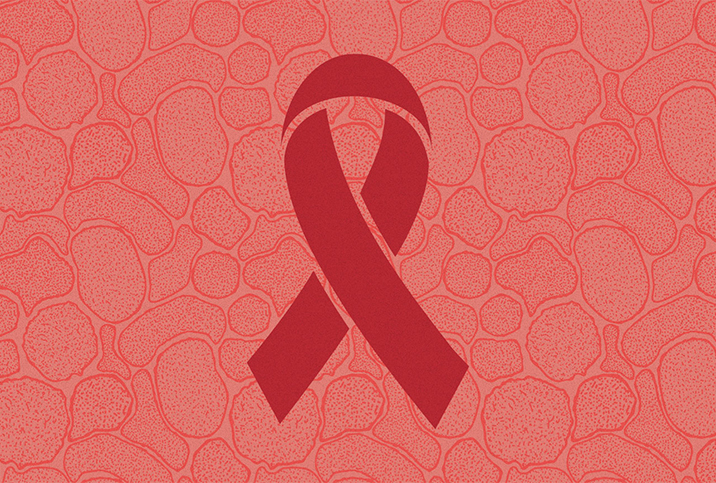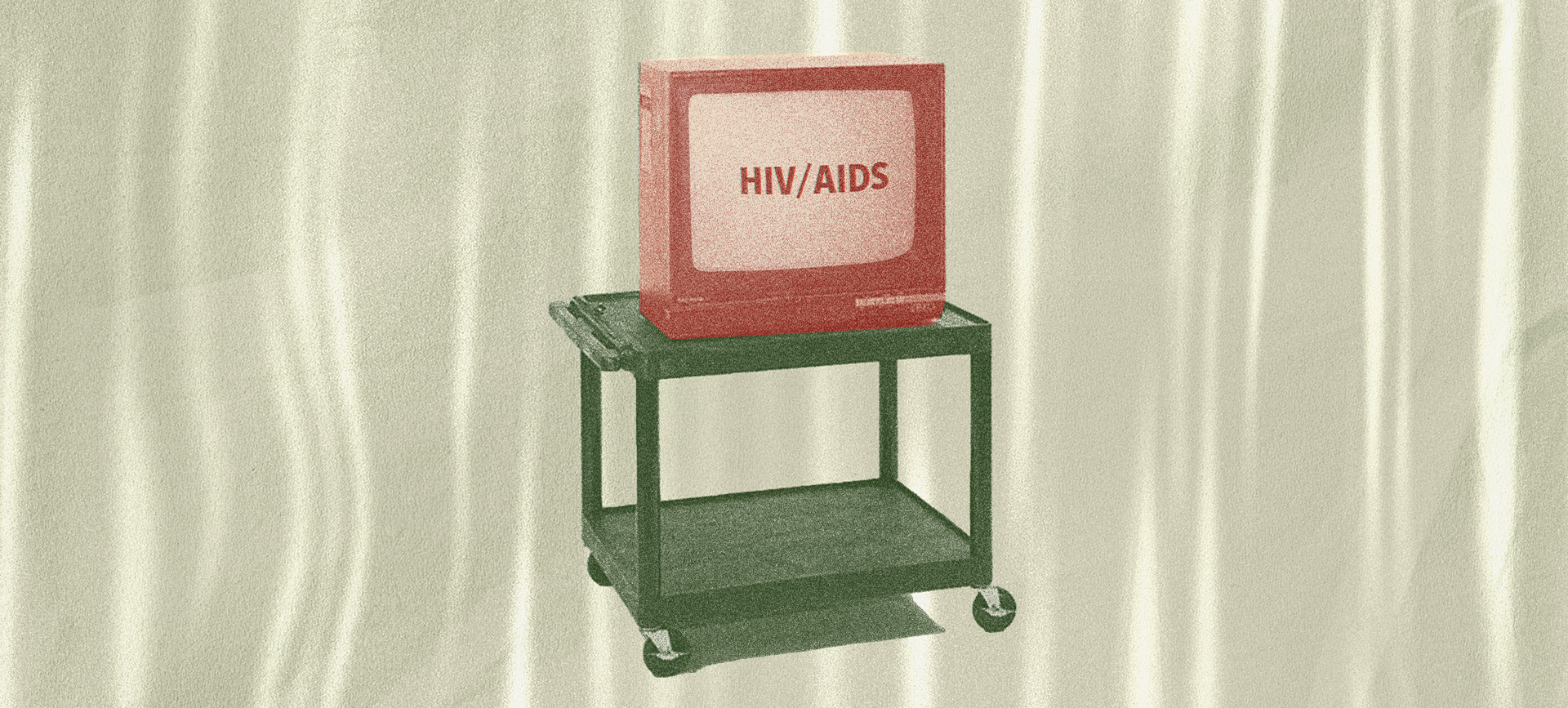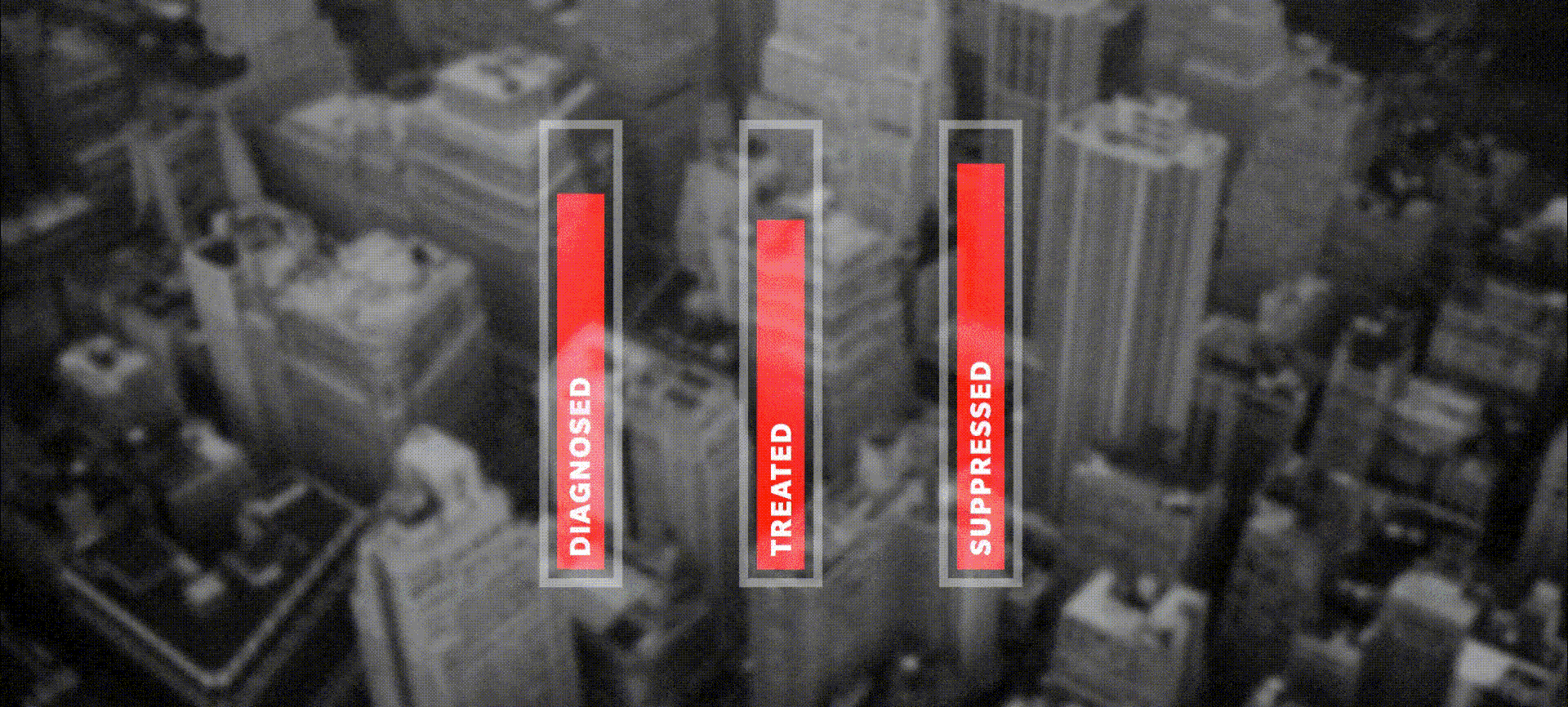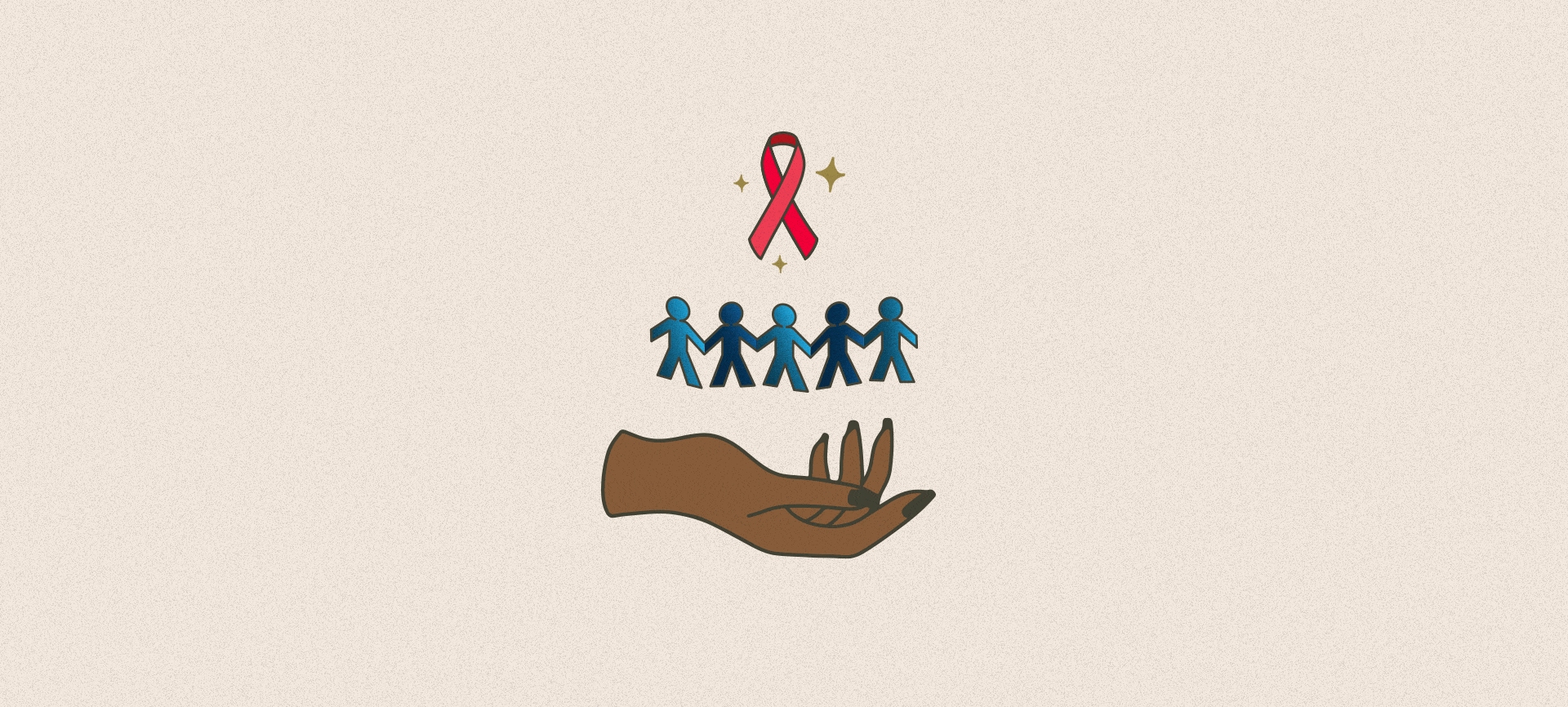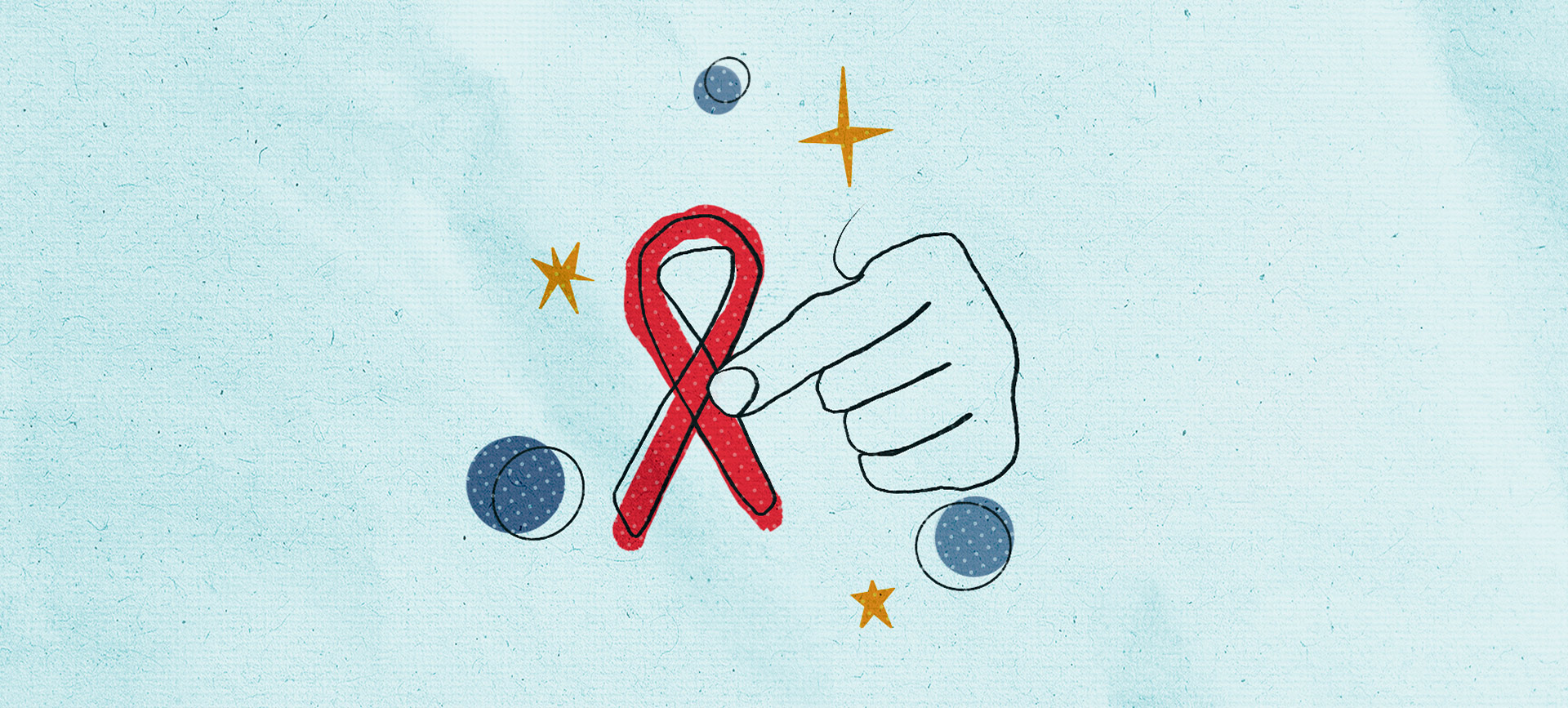Over the past 30 to 40 years, one of the most prominent illnesses in the zeitgeist has been the human immunodeficiency virus (HIV), which can eventually lead to acquired immunodeficiency syndrome (AIDS). This sexually transmitted disease (STD) reportedly affects 1.2 million people in the United States. The virus notably halts the body's ability to fight other infections and diseases, and also carries a heavy stigma for its sufferers.
December is HIV/AIDS Awareness Month, a time and opportunity to reignite conversations about the disease, its effects on sufferers and to get people in to get tested. The word "awareness" is extremely vital as an estimated 1 in 7 people with HIV don't know they have it.
Over the course of December, we will share a weekly story about the HIV/AIDS epidemic in hopes of providing a fresh perspective on subjects. In week one, we'll talk about how the people behind educating the masses about HIV/AIDS have adapted and distilled the information into digestible, yet important, vignettes. We'll follow that up with check-ins on some of the more well-known initiatives intended to fight both HIV and AIDS, both local and federally. For week three, we'll investigate who the virus affects and why the diversity of stories is vital to its understanding. And finally, we'll take a look at how to approach the STD going into 2022.






